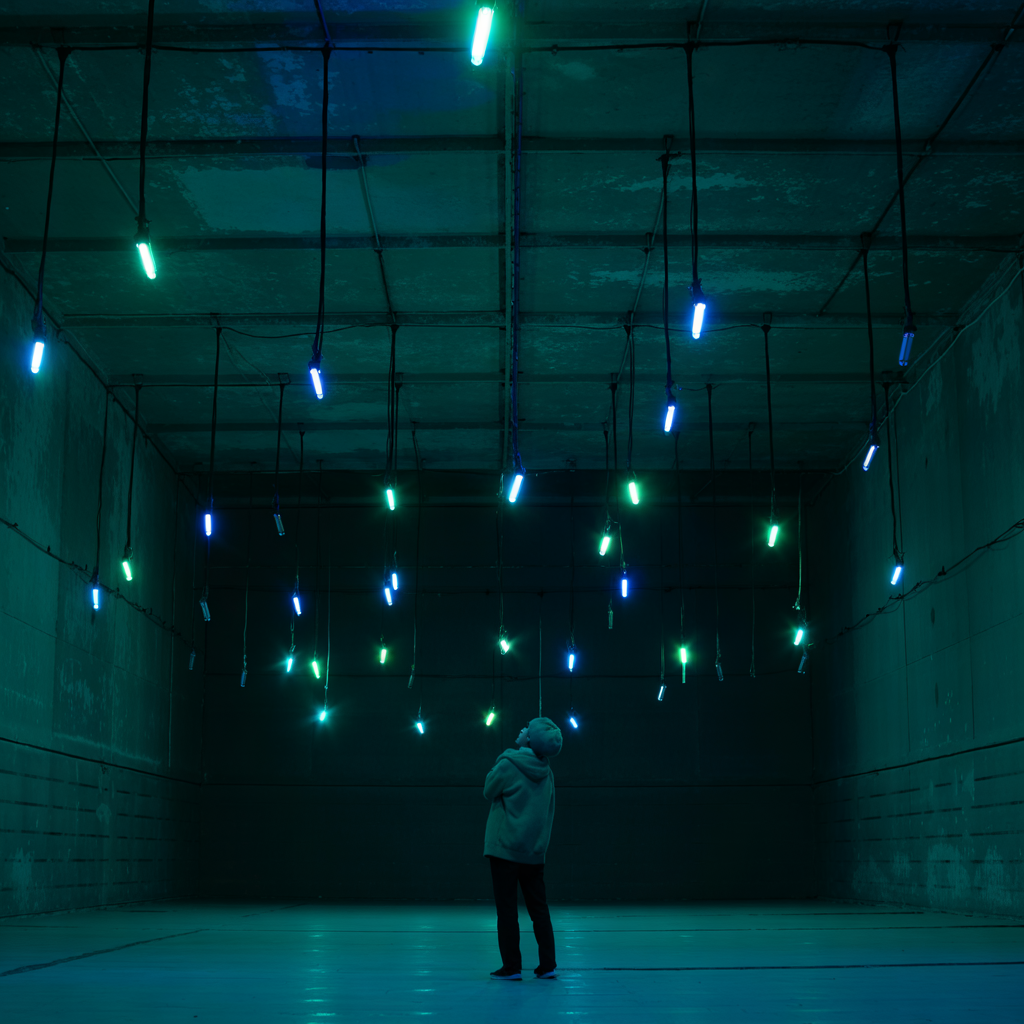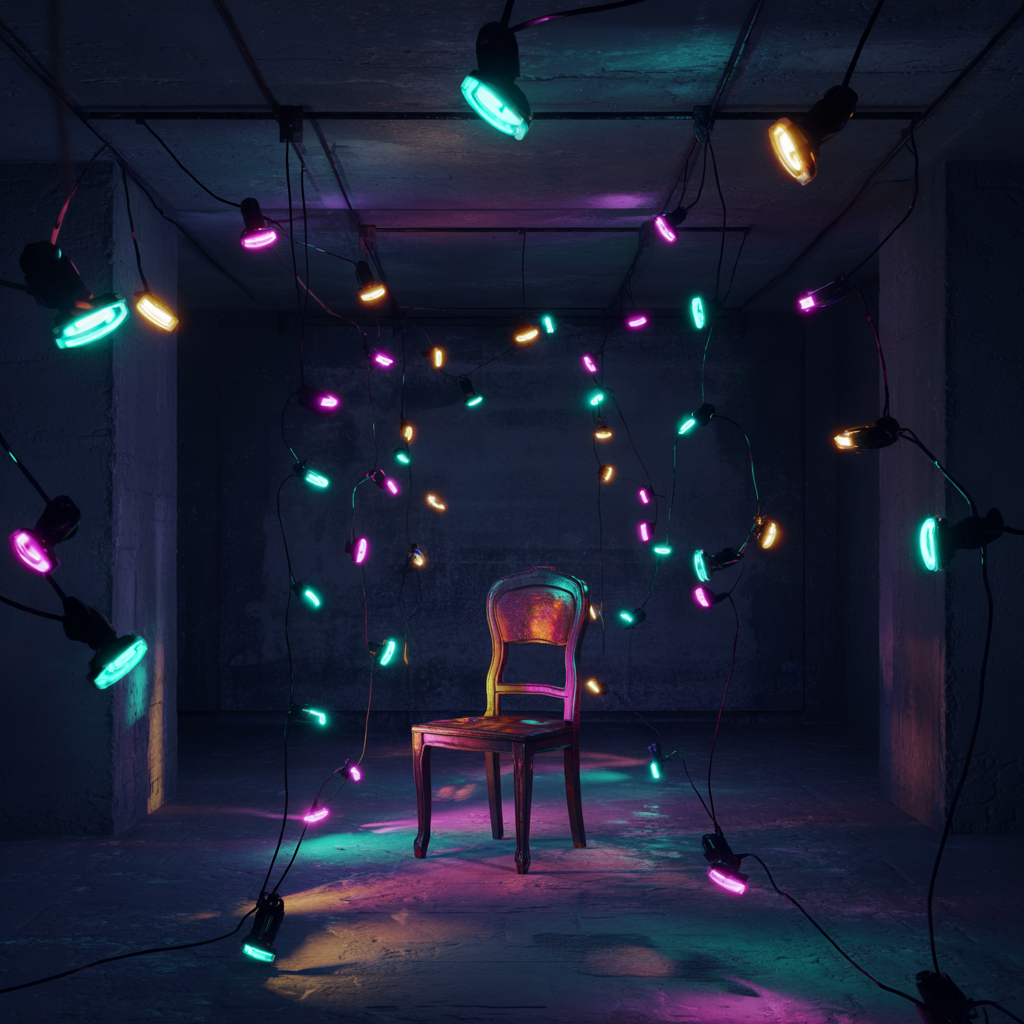Troubleshooting Flickering LED Lights: Why Are My LED Lights Flashing?
Have you ever experienced the frustration of your LED lights flickering incessantly? It’s more than just an annoying inconvenience; it can signal underlying electrical issues or problems with the lights themselves. Why are my LED lights flashing? This comprehensive guide will delve into the various reasons behind flickering LEDs, helping you diagnose the problem and…
Have you ever experienced the frustration of your LED lights flickering incessantly? It’s more than just an annoying inconvenience; it can signal underlying electrical issues or problems with the lights themselves. Why are my LED lights flashing? This comprehensive guide will delve into the various reasons behind flickering LEDs, helping you diagnose the problem and find effective solutions. We’ll explore everything from faulty wiring and loose connections to driver issues and even potential energy-saving strategies. Get ready to troubleshoot like a pro and banish those irritating flashes for good!
LED lights flash due to incompatible dimmer switches, loose wiring, voltage fluctuations, or a faulty LED driver. Cheap or low-quality bulbs may also cause flickering. Always check connections, use compatible dimmers, and consider upgrading to higher-quality LEDs or replacing the transformer if it’s not designed for LEDs.
Light-emitting diodes (LEDs) are semiconductor devices that emit light when an electric current passes through them. Unlike incandescent bulbs that generate light through heat, LEDs produce light directly, making them significantly more energy-efficient. This efficiency, however, also means they are more sensitive to power fluctuations.
Why Are My LED Lights Flashing?
Internal Components of an LED Light

An LED light typically consists of several key components: the LEDs themselves, a driver circuit (to regulate the power supply), a heat sink (to dissipate heat), and a housing. Any problem in any of these components can lead to flickering.
Read More: 15 Foyer Lighting Ideas High Ceilings: Captivating Designs
Common Causes of LED Light Flickering
Loose Wiring or Connections
A simple, yet often overlooked, cause is loose wiring. A poorly connected wire can interrupt the flow of electricity, causing the lights to flicker or even completely fail. This is especially common in older installations or those that have been recently modified.
Faulty LED Driver
The driver is the brains of the operation, regulating the current supplied to the LEDs. A malfunctioning driver can lead to inconsistent power delivery, causing the flickering. Replacing the driver is often the solution in these cases.
Dimming Switch Issues
Dimming switches, while convenient, can sometimes interfere with the operation of LEDs. Incompatible dimming switches can cause flickering, humming, or even damage to the lights. Ensure compatibility between your dimmer and LED type.
Power Supply Problems
Fluctuations in the power supply can also lead to flickering. This can be due to issues with the main electrical panel, overloaded circuits, or even external factors like power surges.
Overheating
LEDs generate heat, and if this heat isn’t adequately dissipated, it can lead to overheating and subsequent flickering. Proper ventilation and a functioning heat sink are crucial for preventing this.
Read More: How to Fit LED Strip Lights? A Simple & Easy Step By Step Guide
Troubleshooting Steps for Flickering LEDs

Visual Inspection
Start by visually inspecting the light fixture, looking for loose wires, damaged components, or signs of overheating. Check all connections carefully. A simple tightening might solve the problem.
Testing the Circuit
If the problem isn’t apparent, use a multimeter to test the voltage and current at the light fixture. This will help determine if the problem lies in the wiring or the light itself.
Replacing the LED Driver
If the multimeter readings are normal, the LED driver might be faulty. Replacing the driver is a relatively straightforward task, but always ensure you disconnect the power before attempting any repairs.
Checking the Dimming Switch
If you’re using a dimming switch, try turning it off completely and see if the lights stop flickering. If the flickering ceases, the dimmer switch is likely the culprit and needs replacing or changing.
Addressing Overheating
Ensure adequate ventilation around the LED light fixture. If the fixture is enclosed, consider improving ventilation to allow heat to dissipate properly.
Advanced Troubleshooting Techniques
Analyzing the Flickering Pattern
The way your lights flicker can provide clues. Rapid flickering might indicate a problem with the driver, while slow flickering could suggest a loose connection or power supply issue.
Using a Spectrum Analyzer
For more advanced troubleshooting, a spectrum analyzer can be used to analyze the electrical signal going to the LEDs. This can pinpoint the exact frequency of the flickering and help diagnose the underlying problem.
Checking for Harmonics
Harmonics are multiples of the fundamental frequency of the power supply. High levels of harmonics can cause flickering, especially in older electrical systems.
Preventing LED Light Flickering
Choosing High-Quality LEDs and Drivers
Invest in high-quality LED lights and drivers from reputable manufacturers. These components are typically more robust and less prone to failures.
Proper Installation
Ensure proper installation of the LED lights and wiring. Loose connections are a major cause of flickering, so take your time and double-check everything.</p
Regular Maintenance
Regularly inspect your LED lights for signs of damage or loose connections. Early detection can prevent more serious problems.
Surge Protection
Use a surge protector to protect your lights from power surges, which can damage components and lead to flickering.
Frequently Asked Questions
What are the most common causes of LED light flickering?
The most frequent culprits are loose wiring, faulty LED drivers, incompatible dimming switches, and power supply problems. Overheating can also contribute.
How can I test if my LED driver is faulty?
You can use a multimeter to measure the voltage and current going to the LEDs. If the readings are inconsistent or significantly off, the driver is likely faulty. Visual inspection for burn marks or bulging capacitors is also helpful.
Can a flickering LED light damage other appliances?
While unlikely to directly damage other appliances, sustained flickering can indicate a more significant electrical problem in your home’s wiring. This could potentially affect other appliances or create a fire hazard.
Why are some of my LED lights flickering while others are fine?
This often indicates a problem with the specific circuit or light fixture. Check the wiring and connections of the flickering lights specifically. An overloaded circuit could also be the culprit.
Are there any energy-saving implications related to flickering lights?
Flickering lights are generally less energy-efficient than steadily operating lights due to the inconsistent power delivery. The driver might consume more energy trying to compensate for the fluctuations.
Final Thoughts
Addressing flickering LED lights is crucial not just for optimal lighting but also for preventing potential damage to other appliances and ensuring your electrical system’s safety. By following the troubleshooting steps outlined in this guide, you can pinpoint the cause of your flickering lights and implement a suitable solution. Remember, preventative measures, such as choosing high-quality components and ensuring proper installation, go a long way in preventing future issues. Investing in a reliable surge protector is also a worthwhile investment to safeguard your entire electrical system. So, don’t let those irritating flashes plague your home any longer. Take control, investigate the problem, and restore the smooth, consistent glow of your LED lights.

